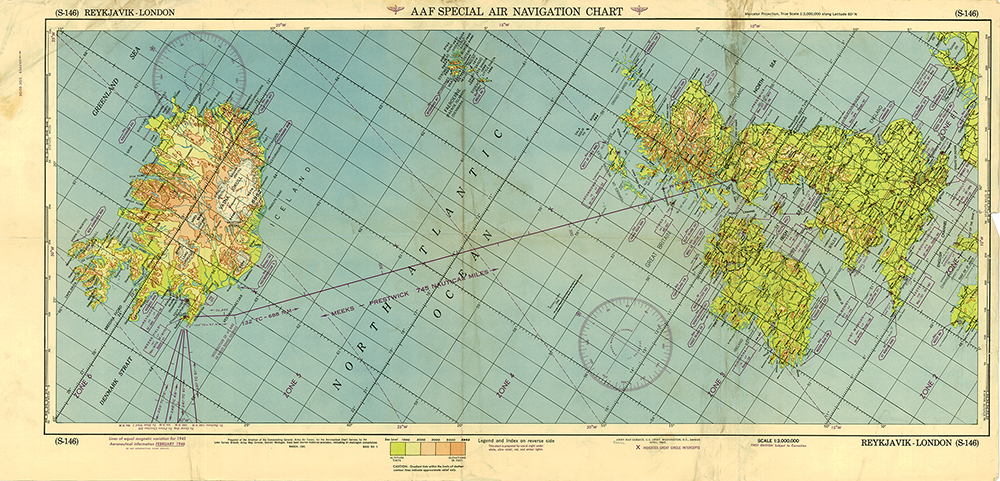
They are designed to display aeronautical information at a larger scale for easier use in congested areas. Terminal Area Charts (TAC)įor use in terminal areas, TAC provide airspace, air-routes, prohibited, restricted, and danger areas, navigation aids and radio frequencies.
#Air navigation charts series
Enroute Charts (ERC) High (H) And Low (L)ĮRC (L) are drawn to various scales to accommodate significant air traffic route areas and show controlled airspace, prohibited, restricted and danger areas, air routes, ATS and radio-navigation services.ĮRC (H) are designed to provide selected information similar to that of ERC (L) series and are primarily for use by aircraft operating on transcontinental and intercapital routes at FL200 and above. In some cases, VTC show detail of tracks to be flown and significant landmarks which are used by pilots of VFR aircraft to avoid inadvertent penetration of controlled airspace.

VTC provide both aeronautical and topographical information at a scale of 1:250,000 for VFR operations in the vicinity of major aerodromes. DAP also contain information on Noise Abatement Procedures, if applicable, for all locations. The charts connected with all instrument departure and approach procedures are contained in two separate packages called DAP East and DAP West. Civil Aviation Advisory Publications (CAAP)ĬAAP are advisory documents which set out in simple language the purpose of the Regulation/Order and ways to comply with the mandatory requirements.ĬAAP have three sections Blue – Operational, Green – Airworthiness, Yellow – Aerodrome. In particular, they contain detailed mandatory operational, airworthiness and safety requirements, including design requirements, standards, specifications, mandatory operational, technical and administrative procedures and safety instructions. CAO include information on technical standards and specifications. In accordance with the Civil Aviation Act, the Regulations contain the mandatory regulatory requirements in relation to airworthiness and operational matters, licencing and requirements, enforcement powers and air traffic control. The Civil Aviation Act provides the primary legislative base for air safety control in Australia and contains a number of important regulatory provisions.

It is amended at the same time as the ERSA. RDS provides take-off and landing distances data and supplementary data for all licensed aerodromes. ERSA is available in spiral bound or loose leaf format and can be supplied with or without the Runway Distance Supplement. Other information includes aerodrome physical characteristics, hours of operation, visual ground aids, air traffic services, navaids, lighting, CTAF frequency, aerodrome operators' details and any changes applicable. It includes pictorial presentations of all licenced aerodromes and is amended every 12 weeks.

Enroute Supplement Australia (ERSA)ĮRSA is a publication which contains information vital for planning a flight and for the pilot in flight. SUP indicating major changes affecting air operations are usually issued under the ICAO Aeronautical Information Regulation and Control (AIRAC) requirement which stipulates that implementation occurs on a specific AIRAC date.ĪIC contain information of a technical nature and are generally educational giving advance notice of new facilities, services, procedures, etc. SUP are published when the information is of a temporary nature and requires advanced notification.

SUP include operational information appropriate to the AIP. AIP Supplements (SUP)/Aeronautical Information Circulars (AIC) Aeronautical Information Publication (AIP)ĪIP Australia consists of a package of documents which provides all of the operational information necessary for the safe and efficient conduct of national (civil) and international air navigation throughout Australia and its States and Territories.


 0 kommentar(er)
0 kommentar(er)
